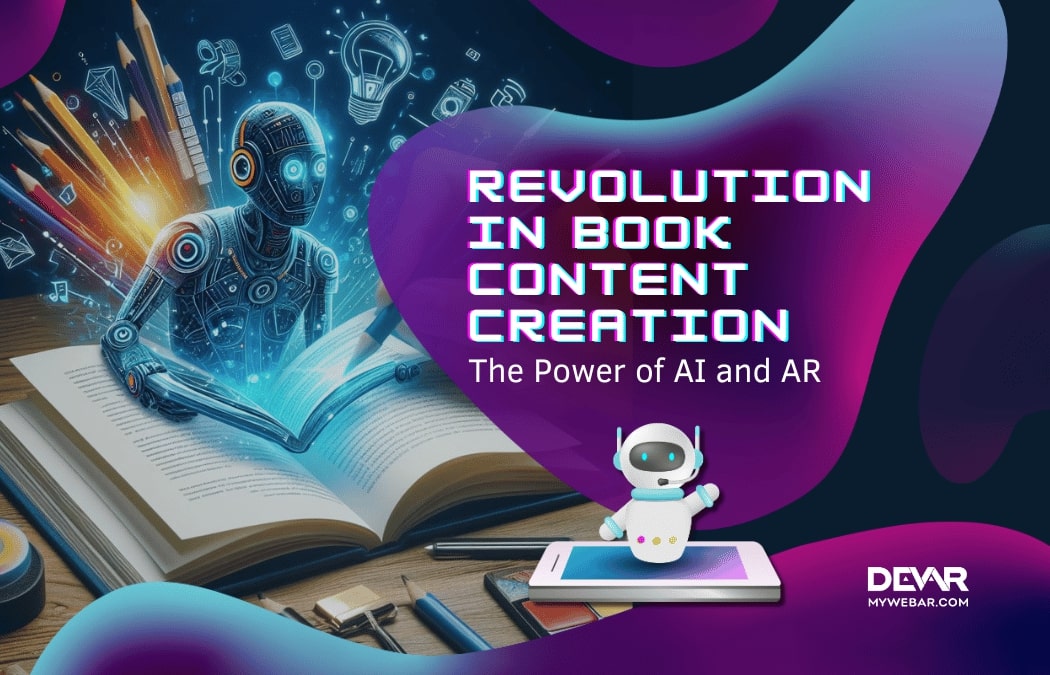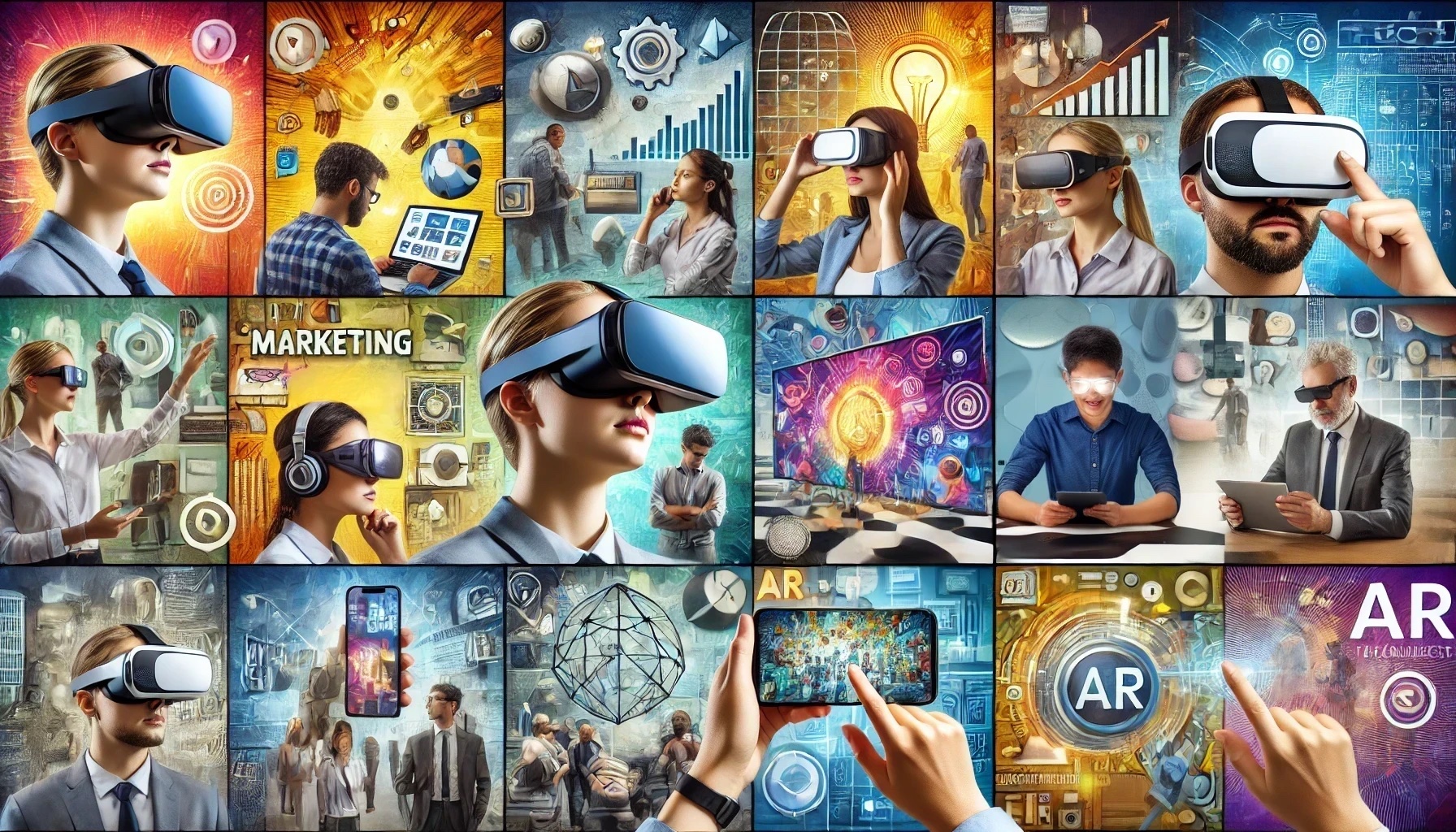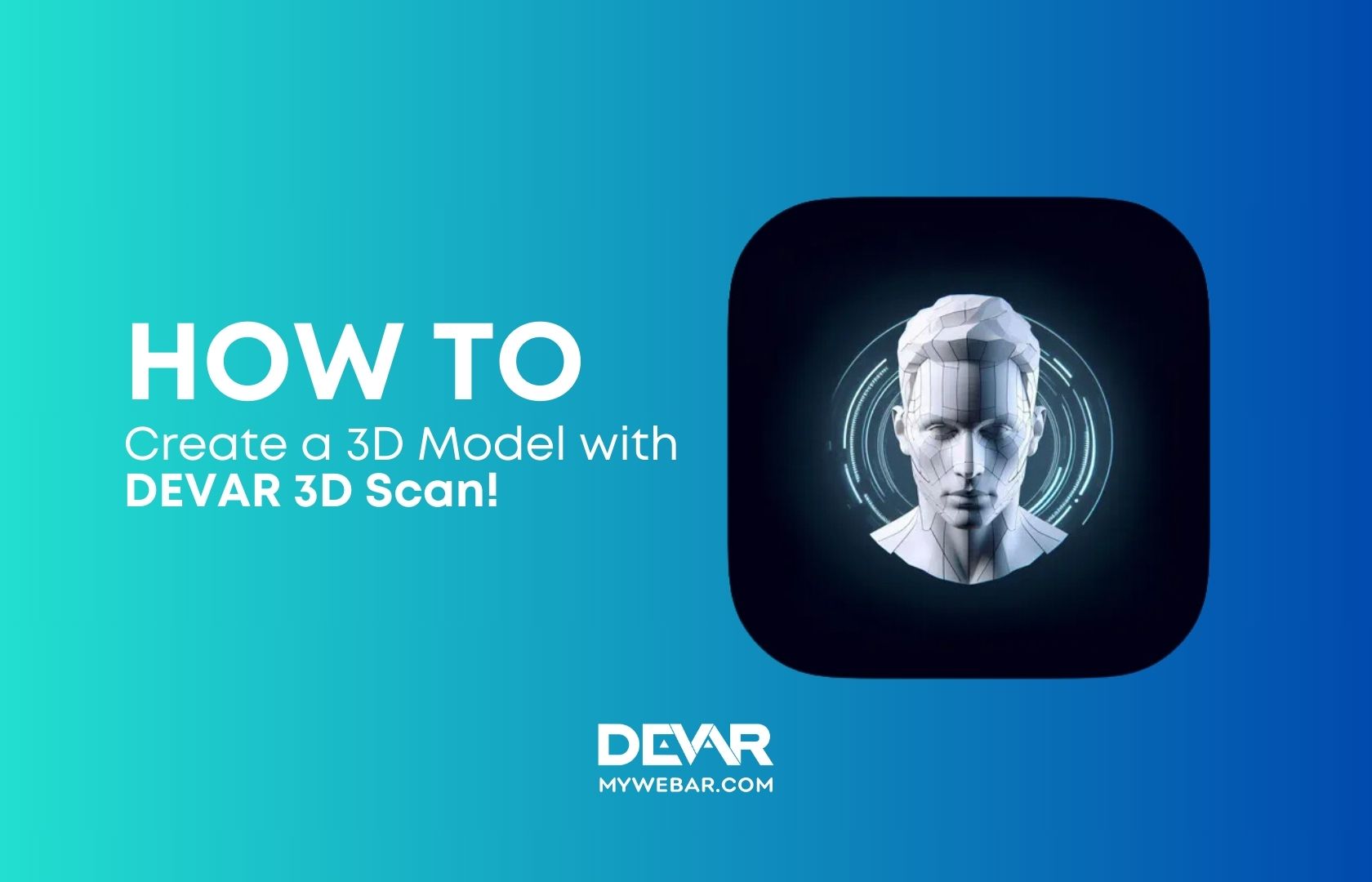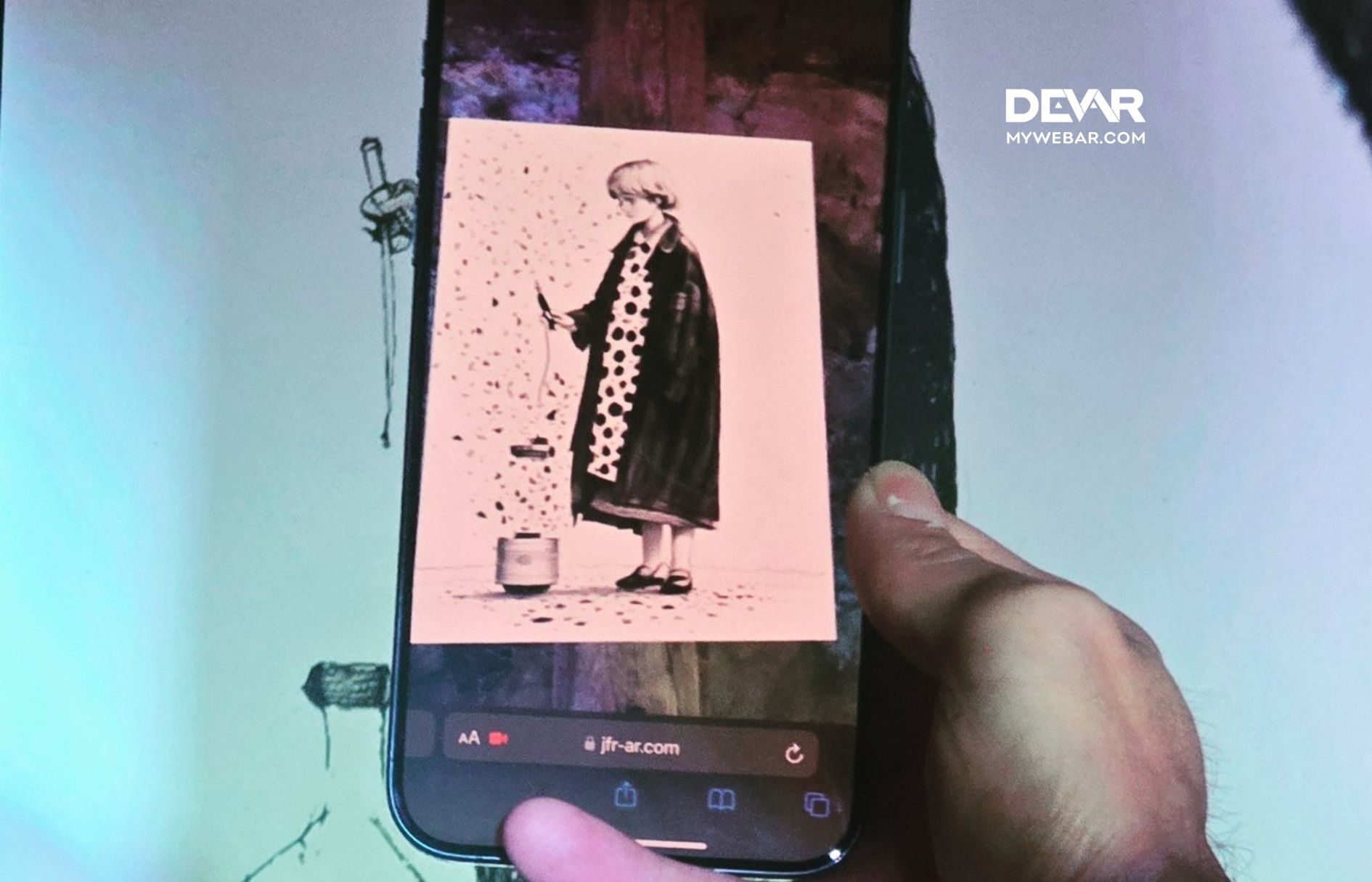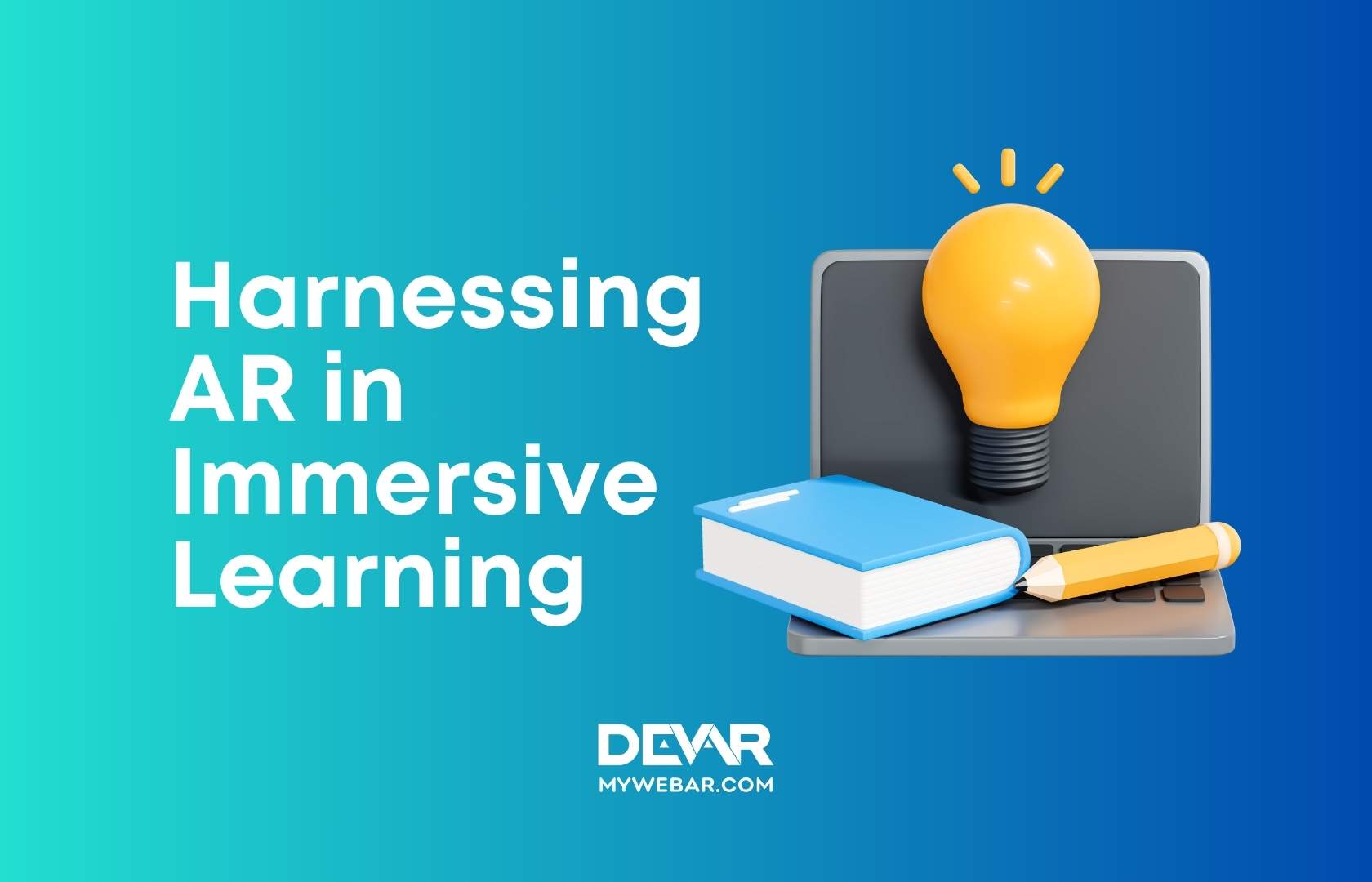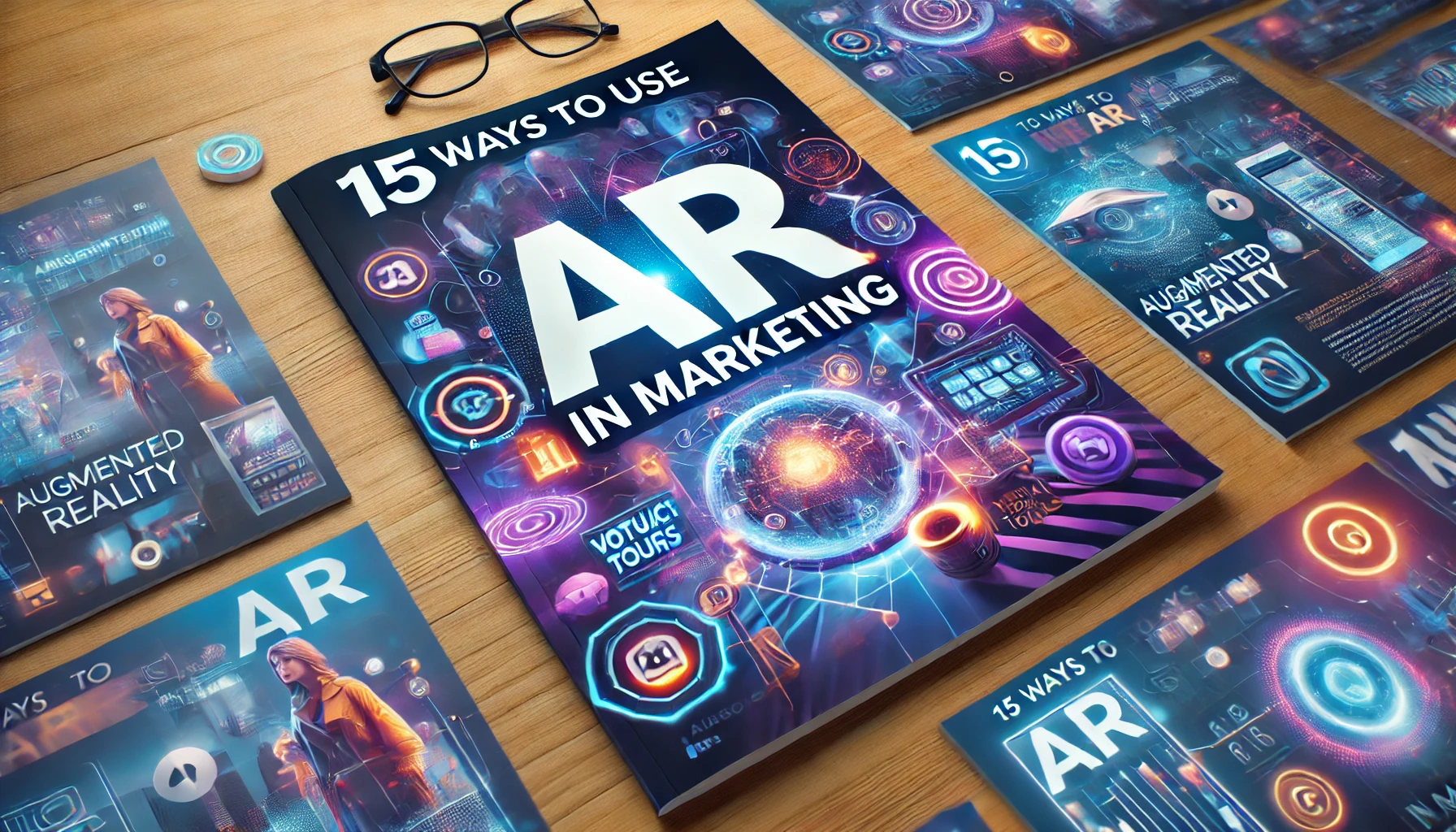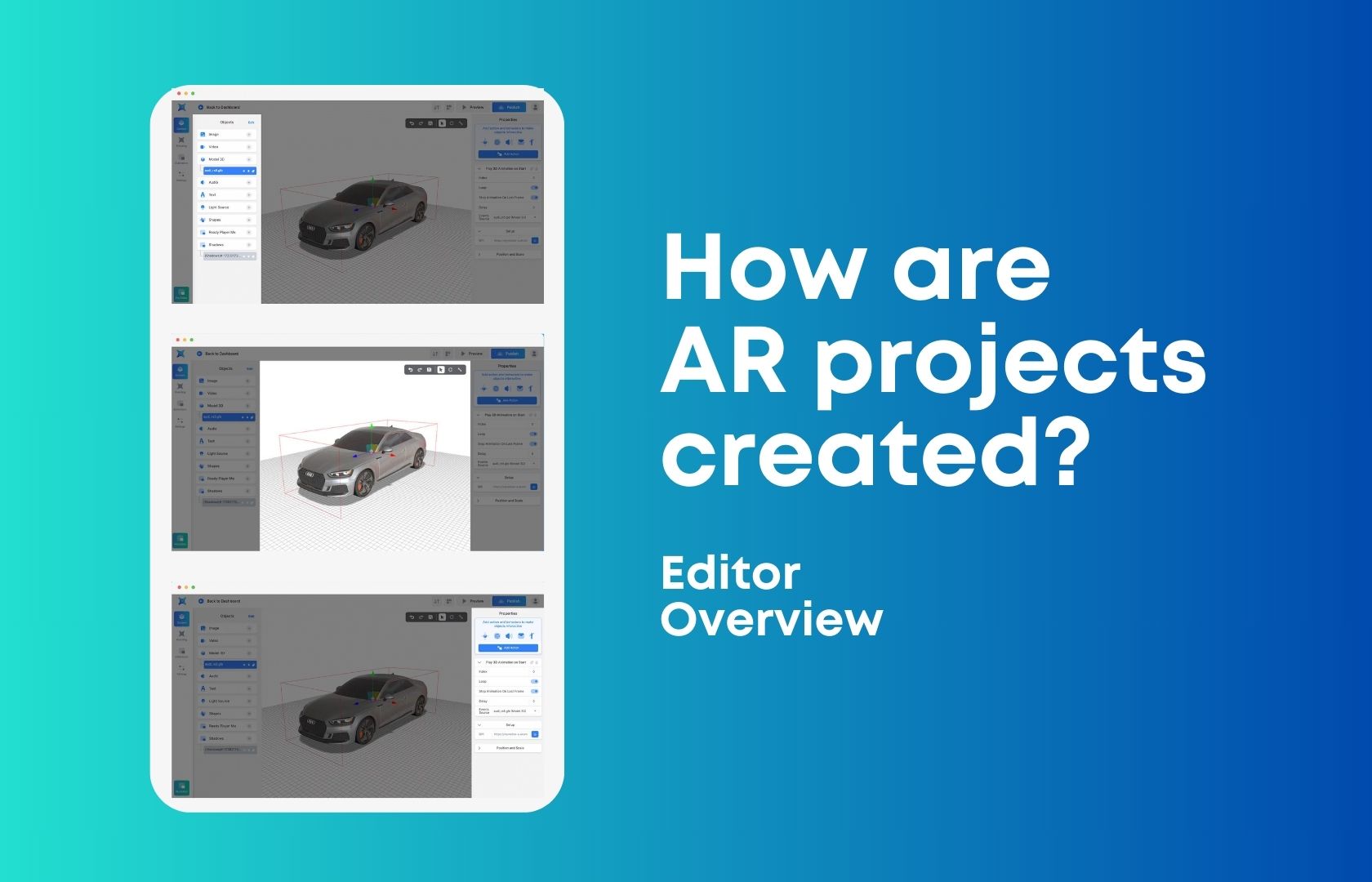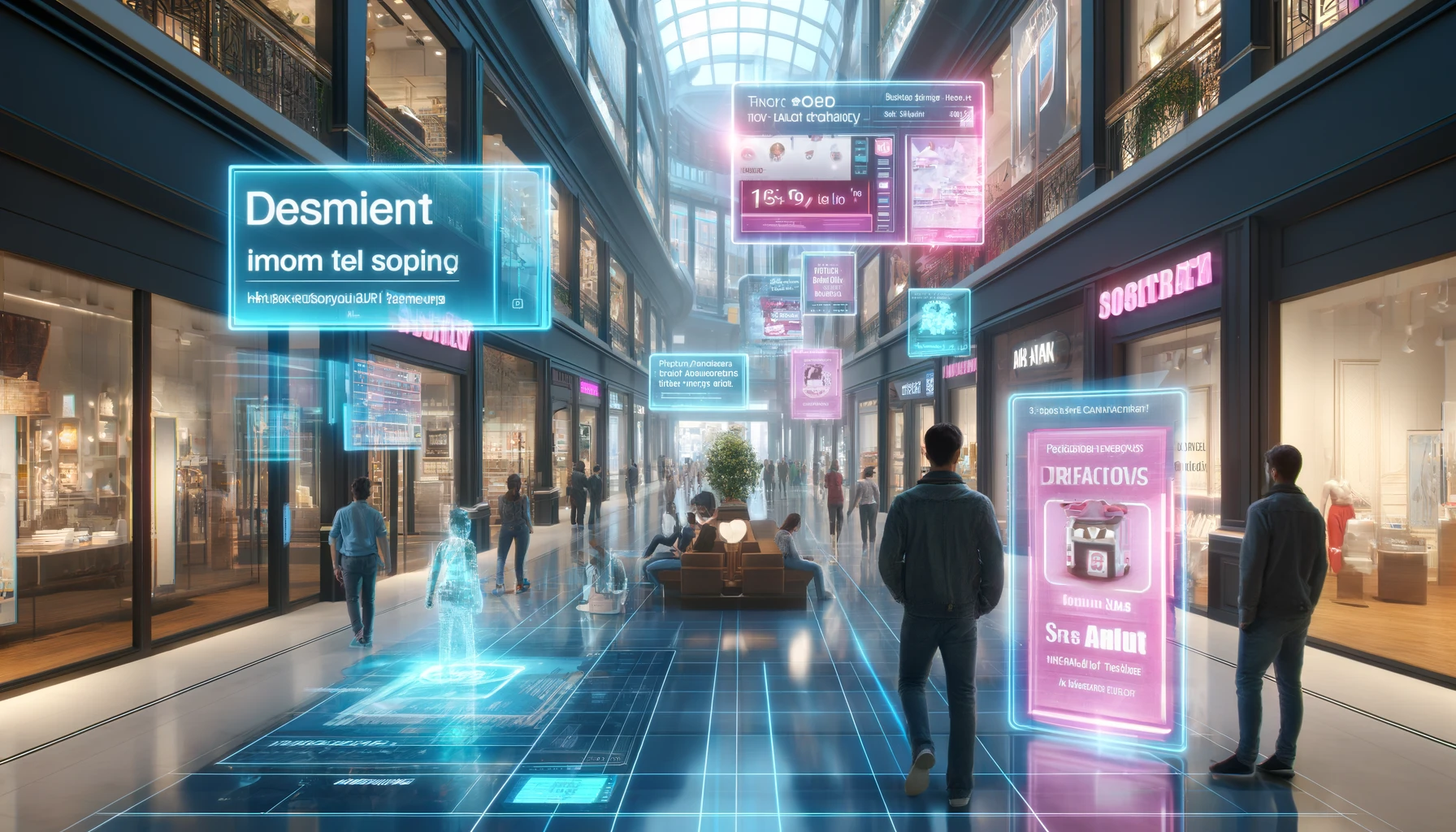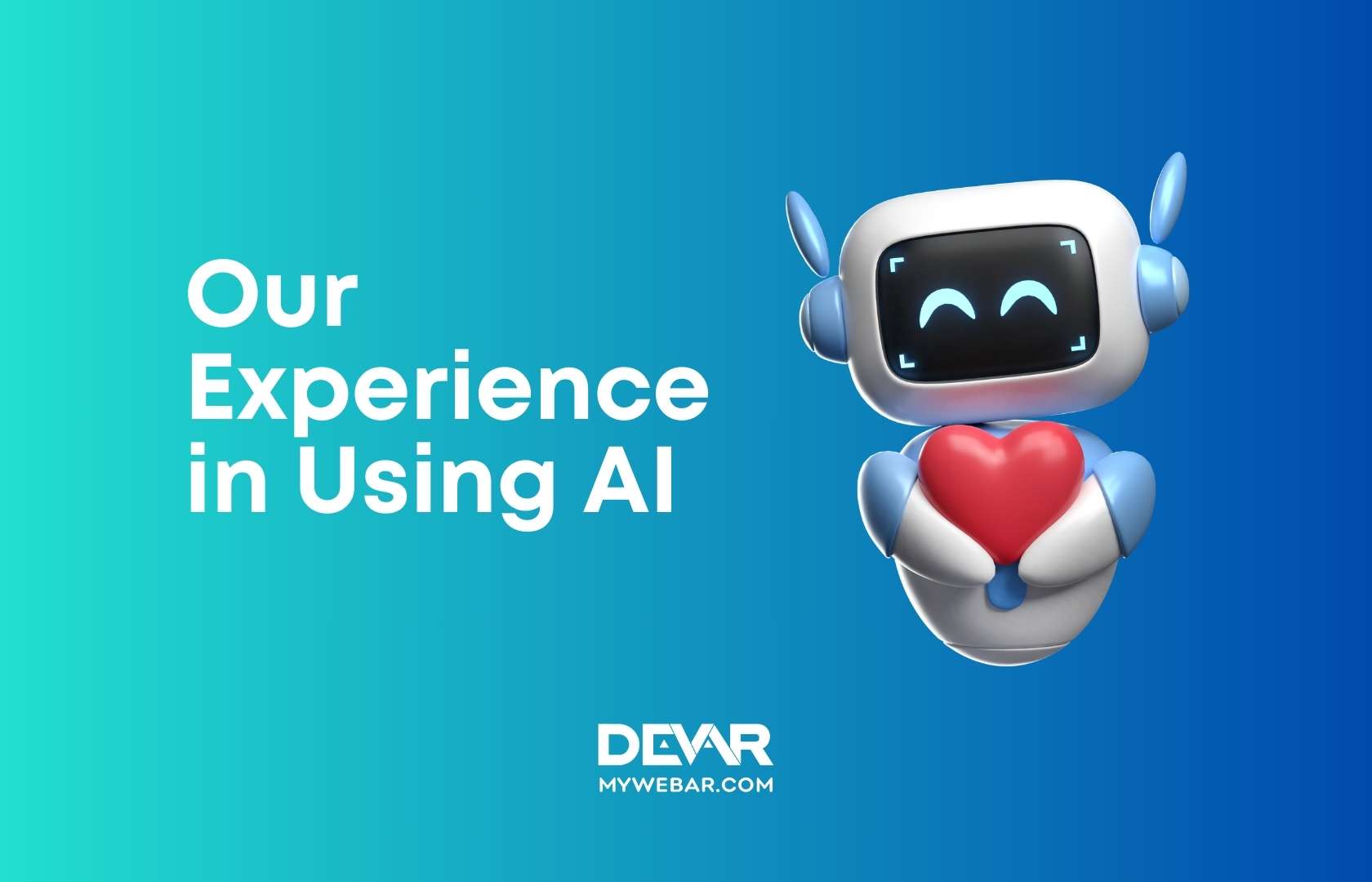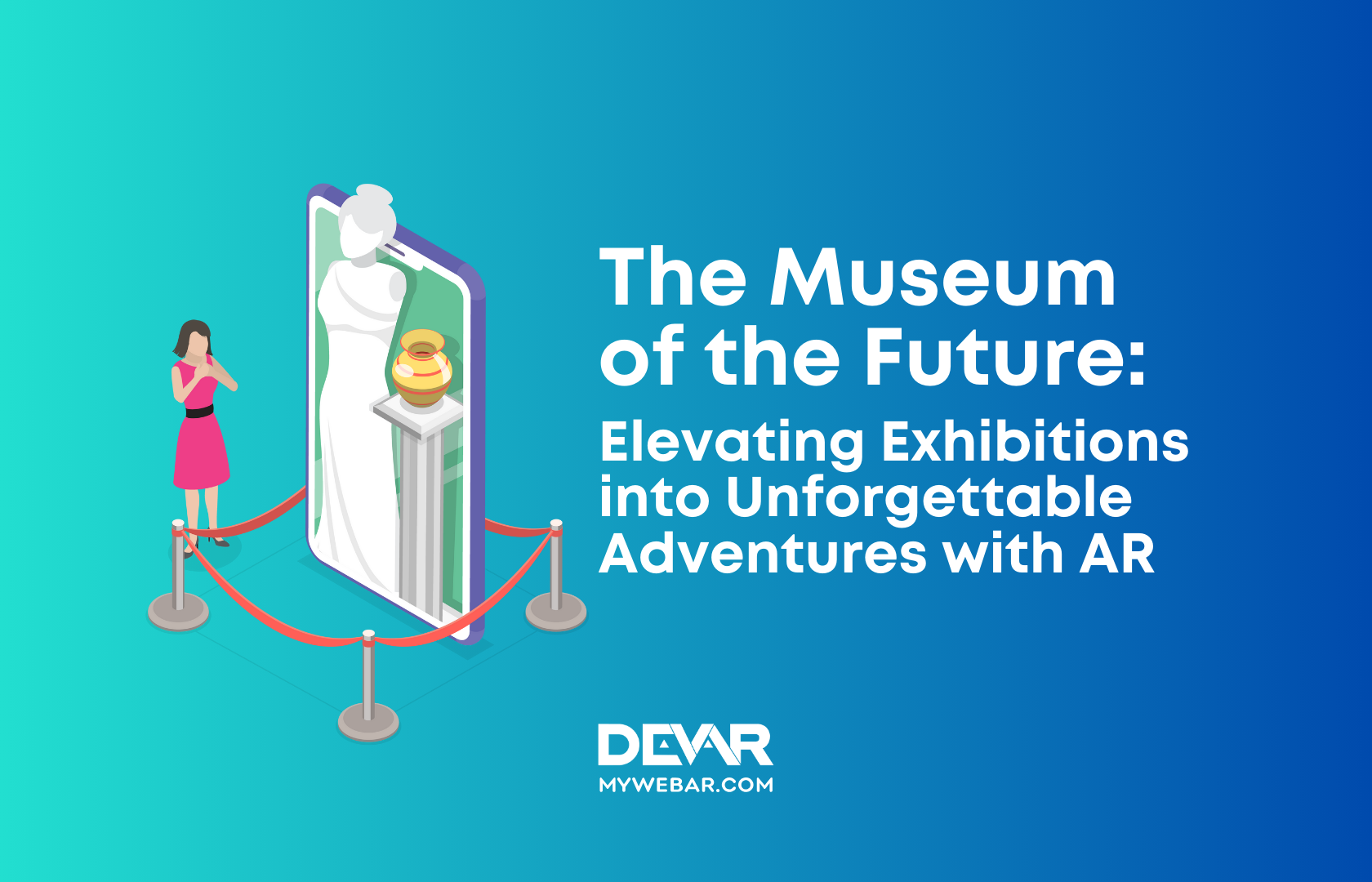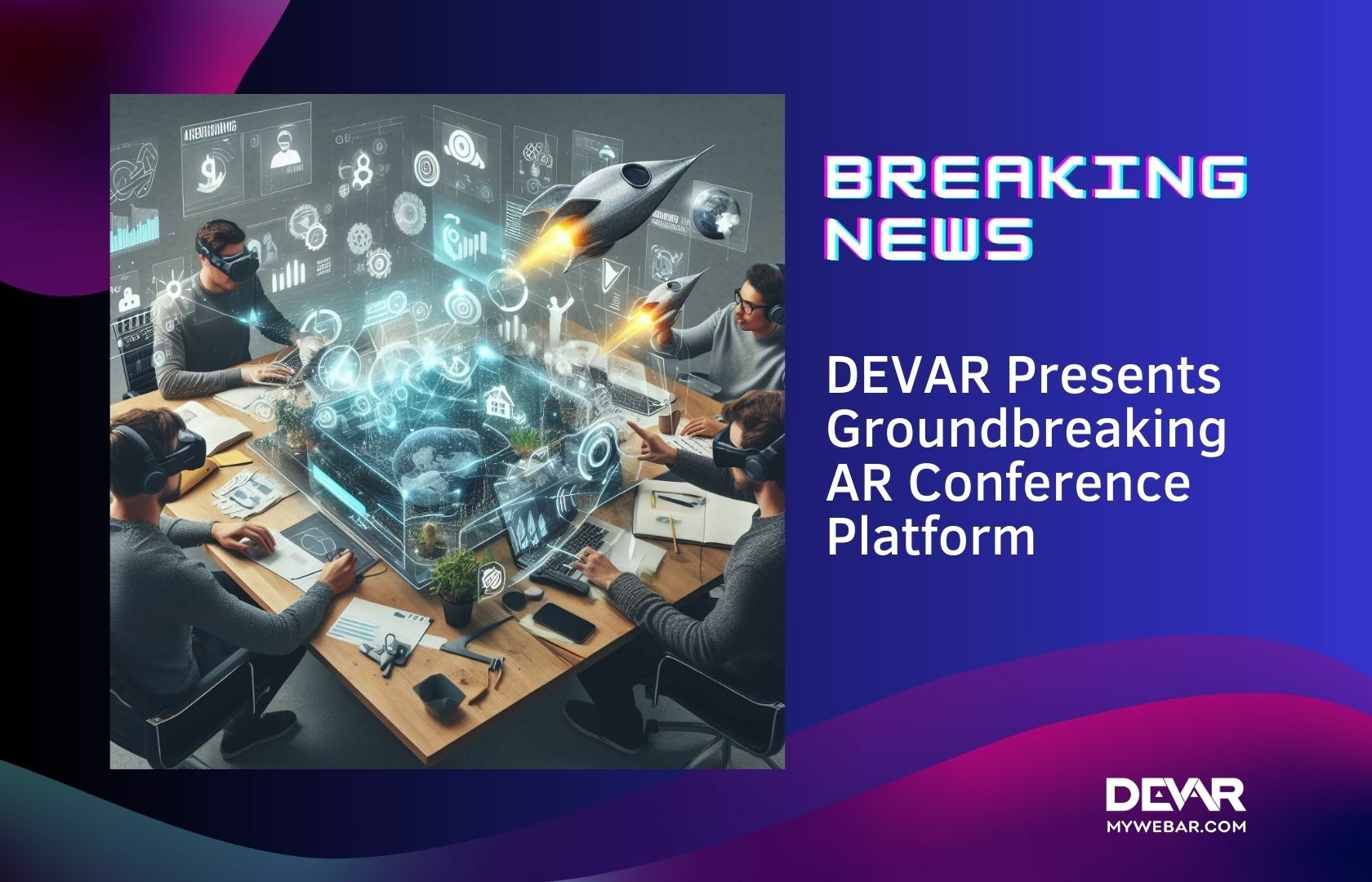In recent years, the integration of artificial intelligence (AI) and augmented reality (AR) technologies has opened up new avenues for creating content in books. This dynamic combination has revolutionized the traditional reading experience, bringing interactivity, immersion, and personalization to the forefront.
The use of AI and AR in book creation is a simple and accessible opportunity to enhance reading experiences and create interactive and captivating content in books.
Assistance or Soulless Automation?
Many fear the use of digital technologies in their work, especially in creative fields. The fear that technology will replace us and that the content it creates will become more primitive, mechanical, and soulless has haunted humanity since the emergence of the first science fiction stories about robots.
Fear of technology is normal. Our ancestors feared the first looms and cameras, and now we are apprehensive about neural networks and GPT chatbots. Mass culture often intimidates us with the potential dangers of technology, while in practice, the results are quite the opposite.
Modern technologies are not meant to replace humans but rather to be reliable assistants. They do not eliminate creativity but rather provide opportunities to expand our capabilities. They help save time on mundane and repetitive tasks, leaving more space for freedom and imagination.
Translation: Therefore, instead of blindly condemning, we should simply explore the possibilities of using technology in our work.
AR and AI in Book Creation
AI can be used to generate or assist in creating content for books. For example, AI algorithms can analyze large amounts of data and generate written content, such as summaries, explanations, or even entire chapters based on specific topics or genres. This can help authors, publishers, or educators to quickly generate content and provide more diverse and personalized reading materials.
AR, on the other hand, allows for the overlay of digital content onto the physical pages of a book. By using a smartphone, tablet, or dedicated AR devices, readers can scan the pages of a book and access additional multimedia content, such as 3D models, videos, audio clips, or interactive elements. This brings the book to life and provides a more engaging and interactive reading experience.
For example, a children’s book might use AR to display animated characters or objects when the reader points their device at specific illustrations. A textbook could use AR to provide interactive simulations or visualizations of complex concepts, making it easier for students to understand and learn.
Overall, combining AI and AR in book content creation offers exciting possibilities for expanding the traditional reading experience and making it more interactive, immersive, and engaging.
AI in Book Content Creation
Artificial intelligence plays a crucial role in generating and assisting in the creation of content for books. AI algorithms can analyze vast amounts of data, extract relevant information, and generate written content.
For instance, an AI-powered system can automatically summarize a book or generate explanations based on specific topics or genres. This capability is valuable for authors, publishers, and educators, saving time and effort in content creation while providing more diverse and personalized reading materials.
And do not forget that AI is an excellent tool for generating ideas and concepts for AR projects.
AR in Book Content Creation
Augmented reality enhances the reading experience by overlaying digital content onto physical book pages. By using smartphones, tablets, or dedicated AR devices, readers can scan book pages and access additional multimedia content. This could include 3D models, videos, audio clips, or interactive elements. AR brings the book to life, immersing readers in a captivating and interactive world.
Enhanced Children’s Books
Children’s books have greatly benefited from the integration of AI and AR technologies. With AR, static illustrations can transform into animated characters or objects, capturing the imagination of young readers.
Interactive elements can be incorporated, allowing children to actively engage with the content and deepen their understanding of the story. This fusion of AI and AR creates an immersive learning experience that fosters curiosity and creativity in children.
Enriched Educational Textbooks
Educational textbooks can be transformed into powerful learning tools through AI and AR integration. AR simulations and visualizations can provide students with a hands-on understanding of complex concepts.
For example, a biology textbook could use AR to display 3D models of cells or interactive diagrams to illustrate biological processes. Such interactive content helps students grasp abstract concepts more effectively, making learning engaging and memorable.
Personalized Reading Experience
AI and AR technologies enable a personalized reading experience tailored to the individual reader’s preferences and needs. AI algorithms can analyze the reader’s reading habits, interests, and learning style to recommend relevant content. AR can then enhance the reading experience by adapting content based on the reader’s interactions, providing a customized and engaging journey through the book.
Secret Technique from DEVAR
We are not only the creators of the DEVAR (MyWebAR) no-code platform, which is one of the most user-friendly tools on the market for creating augmented reality on the web, but also an innovative publishing house. Yes, you heard it right. Our augmented reality books were on the market long before AR became a trend and a marketing gimmick.
Of course, over time, we have accumulated a lot of secrets and useful techniques. Here’s one of them: augmented reality can be used not only as a WOW factor for your product, but also as a powerful analytical tool.
Imagine that you have created a book about dinosaurs. By incorporating augmented reality, you can not only amaze readers and provide them with a fully immersive experience, but also gather data on the number of scans for each specific page, as well as the average time readers spend in each AR scene.
This way, you can find out which characters, games, or types of interactions users like the most. And you can create your next book taking this information into account.
The Magic of AR and AI
Of course, this applies not only to books, but to any products with augmented reality! We have already talked about how you can use AR for retargeting. Well, augmented reality can also help gather information about the strengths and weaknesses of your product, in order to improve it and take it into consideration when creating the next one.
Pretty cool, right?
And let’s not underestimate the ability to bring book covers to life with augmented reality. AR is not only a powerful advertising and analytical tool, but also a magical element that can make your products, especially books, come alive.
Does anyone still think that technology makes things soulless?
What Сonclusions Сan Be Drawn?
The integration of AI and AR technologies in book content creation has transformed the traditional reading experience. By leveraging AI’s content generation capabilities and AR’s interactive features, books have become more immersive, engaging, and personalized.
From children’s books to educational textbooks, the combination of AI and AR has enriched the content, making learning and reading more enjoyable and effective. As technology continues to advance, we can expect even more innovative ways to create content in books using AI and AR, fostering a new era of interactive and immersive reading experiences.
Do not be afraid to embrace modern technologies. Make AI and AR your friends and assistants on the path of creating new innovative products that will help us, humans, explore this world in all its details, enjoying its beauty and delving even deeper into its mysteries.
Don’t waste time! Try creating your own AR project right now.
